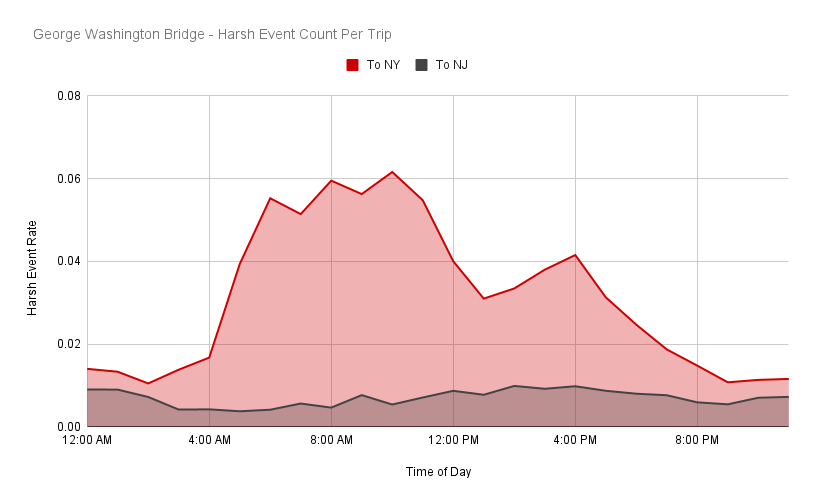Harsh event insights can be integrated into comprehensive transportation management systems, supporting holistic safety improvements that align with broader goals like environmental sustainability and operational efficiency.
For instance, planners might use harsh braking to identify areas where improved traffic flow could reduce stop-and-go traffic, enhancing safety and reducing emissions. Or, they could use harsh acceleration to optimize the placement of electric vehicle charging stations, encouraging smoother driving patterns while supporting the transition to cleaner, more cost-efficient transportation.
By incorporating these detailed safety insights into wider planning initiatives, transportation officials can create synergies between safety improvements and other urban development goals, leading to more resilient and livable communities.
Altitude’s Harsh Events API provides a powerful toolkit for proactive highway safety management. By harnessing these insights, you can make data-driven decisions that help enhance safety and contribute to more efficient, sustainable and user-friendly transportation networks.






